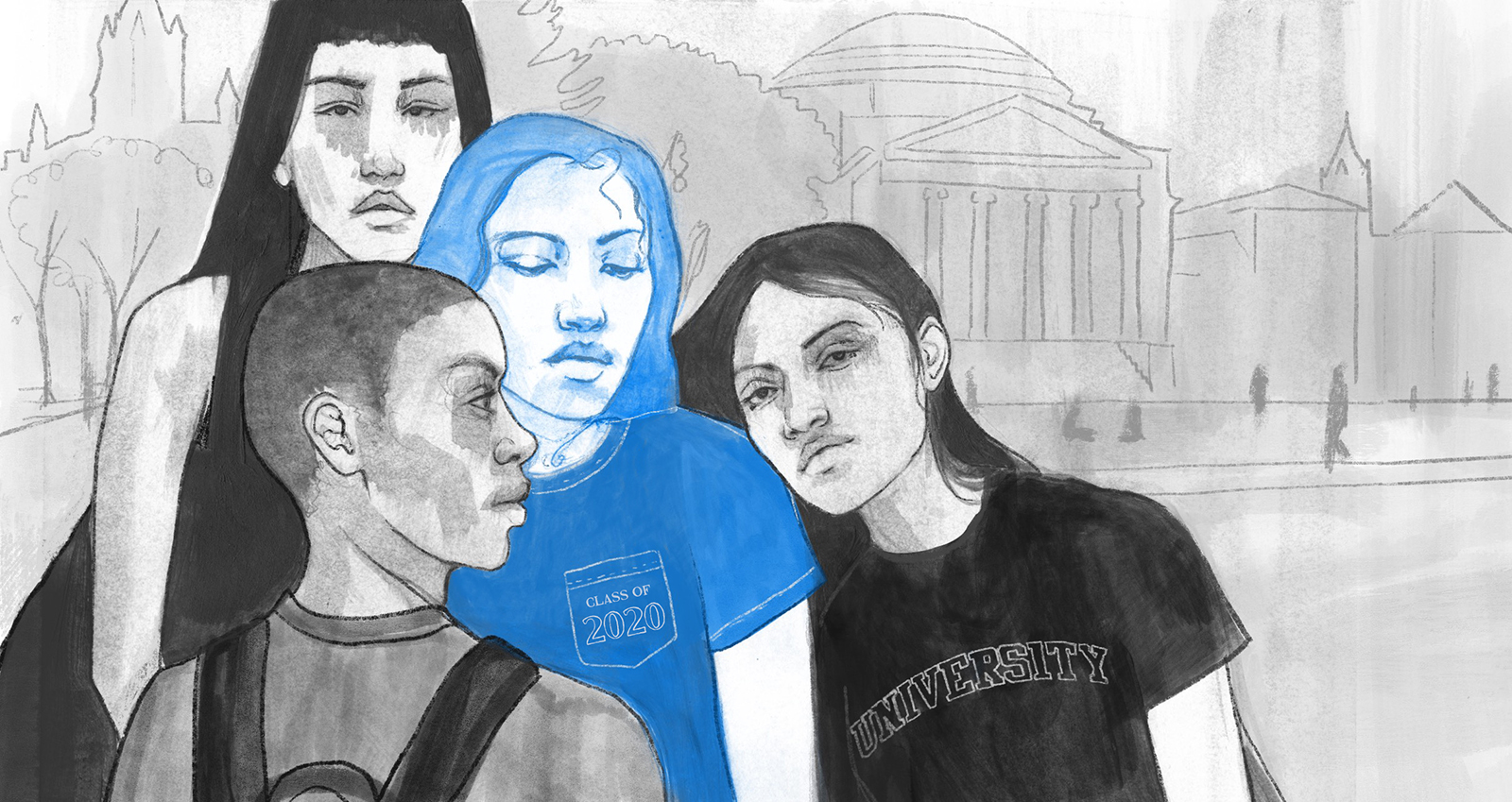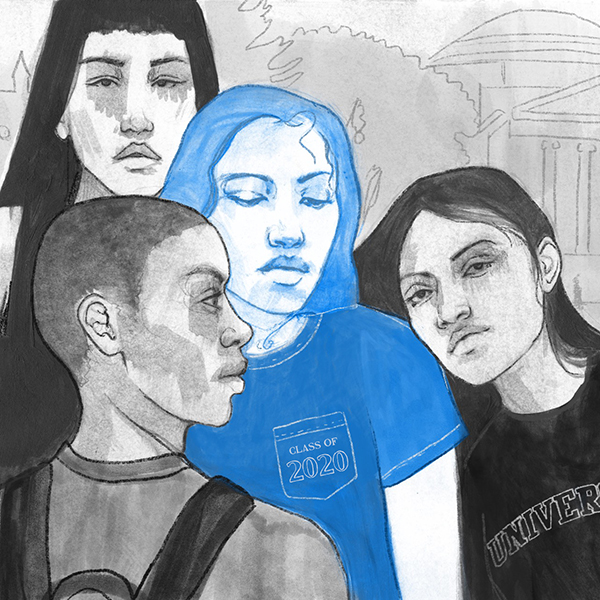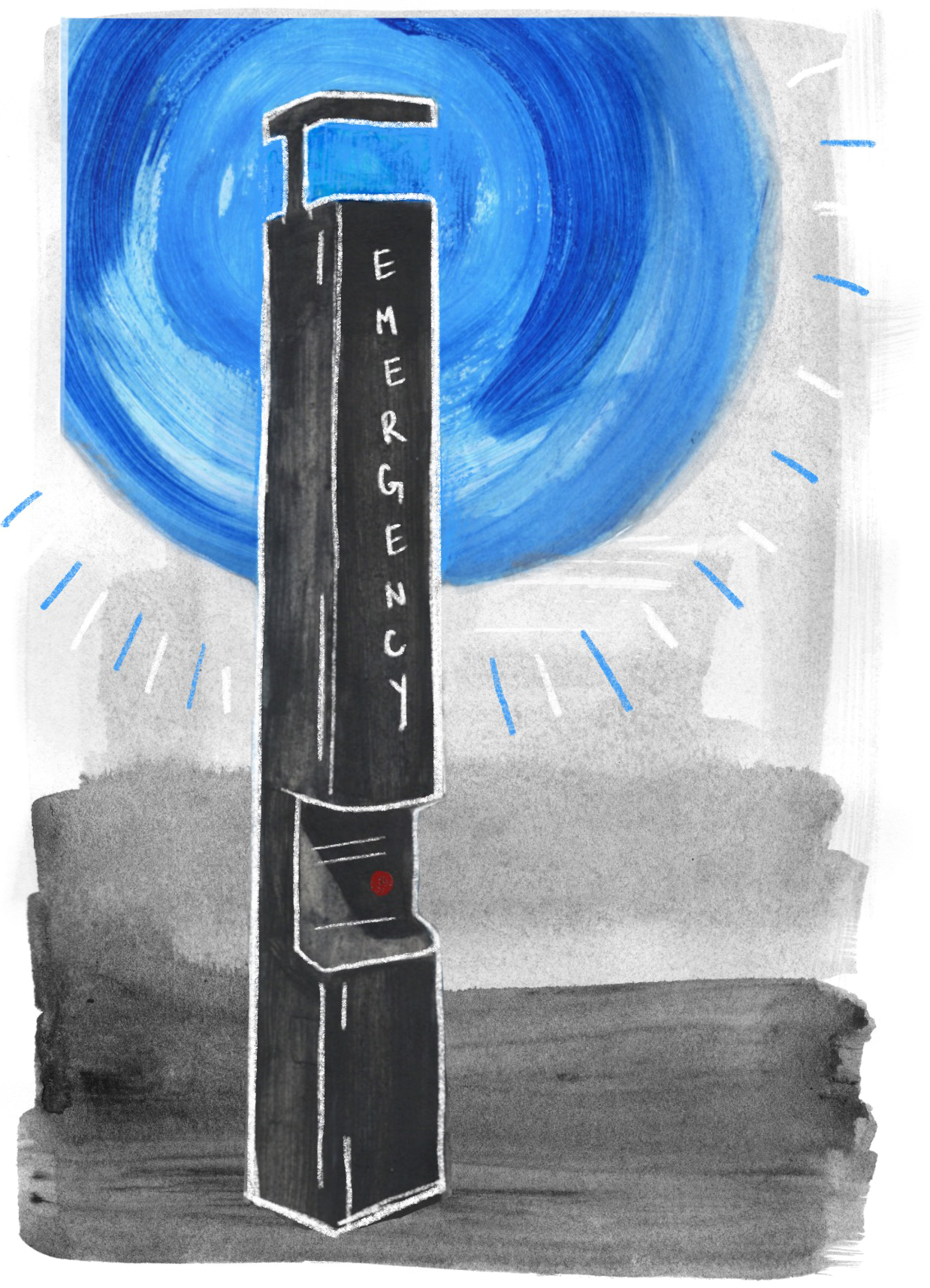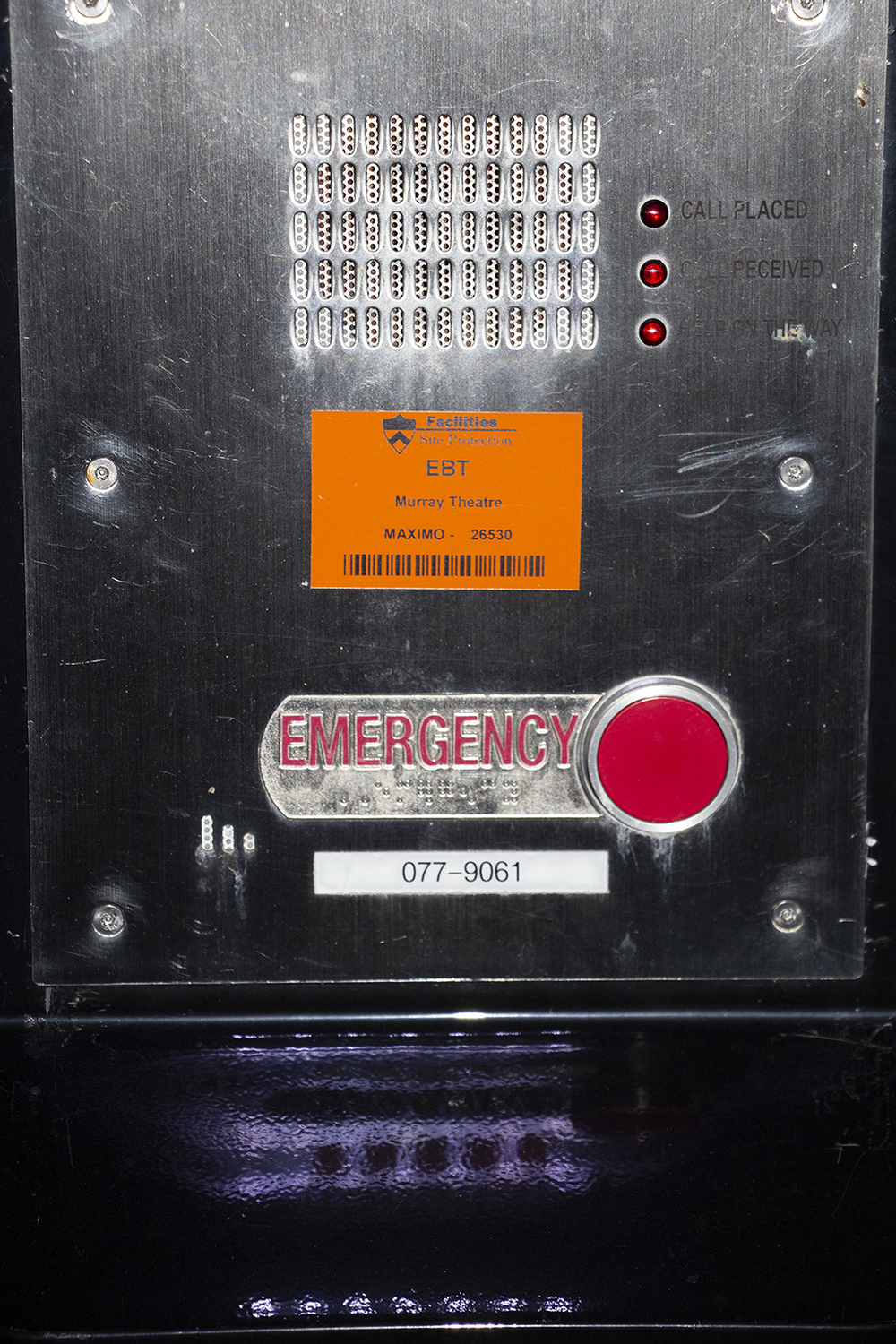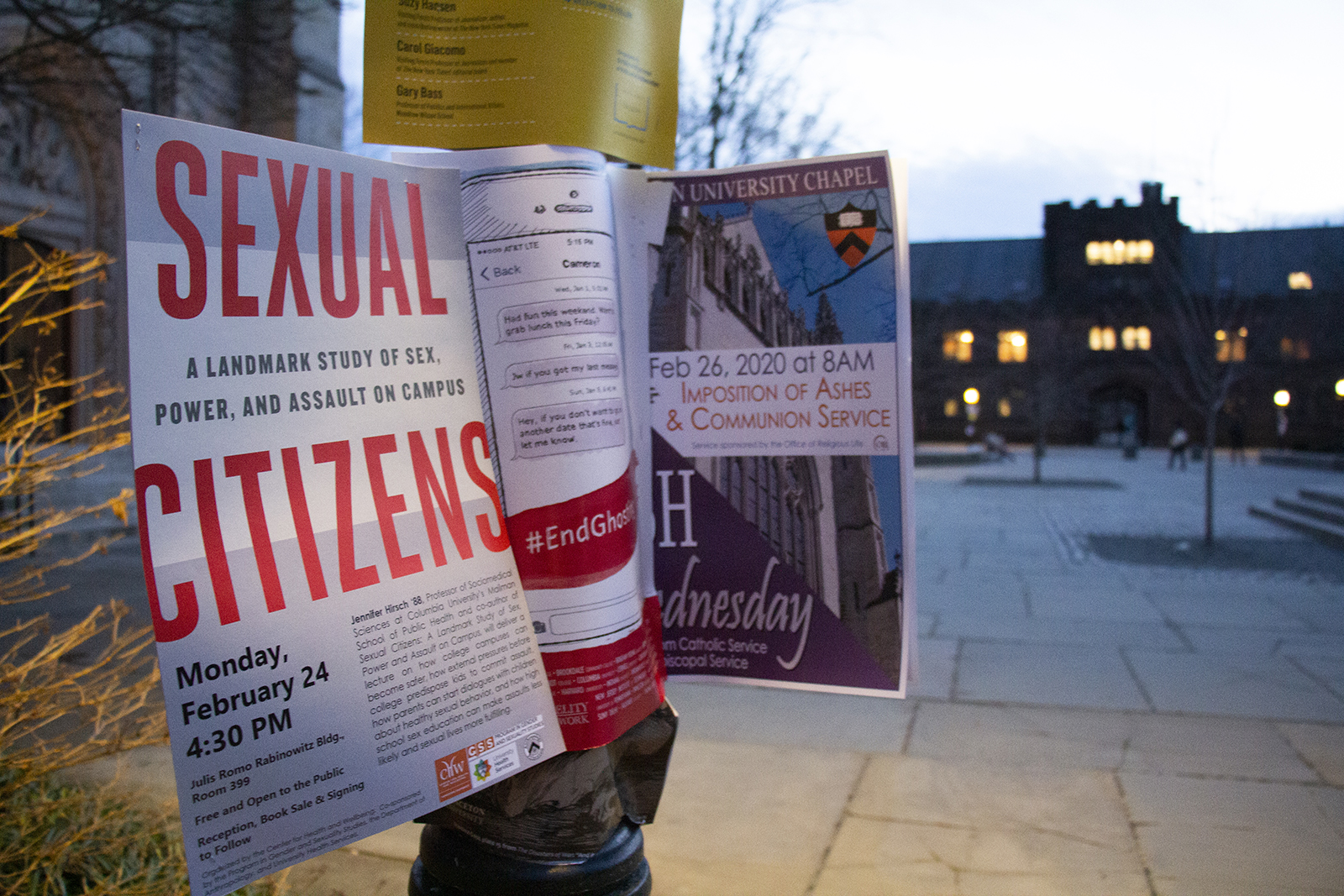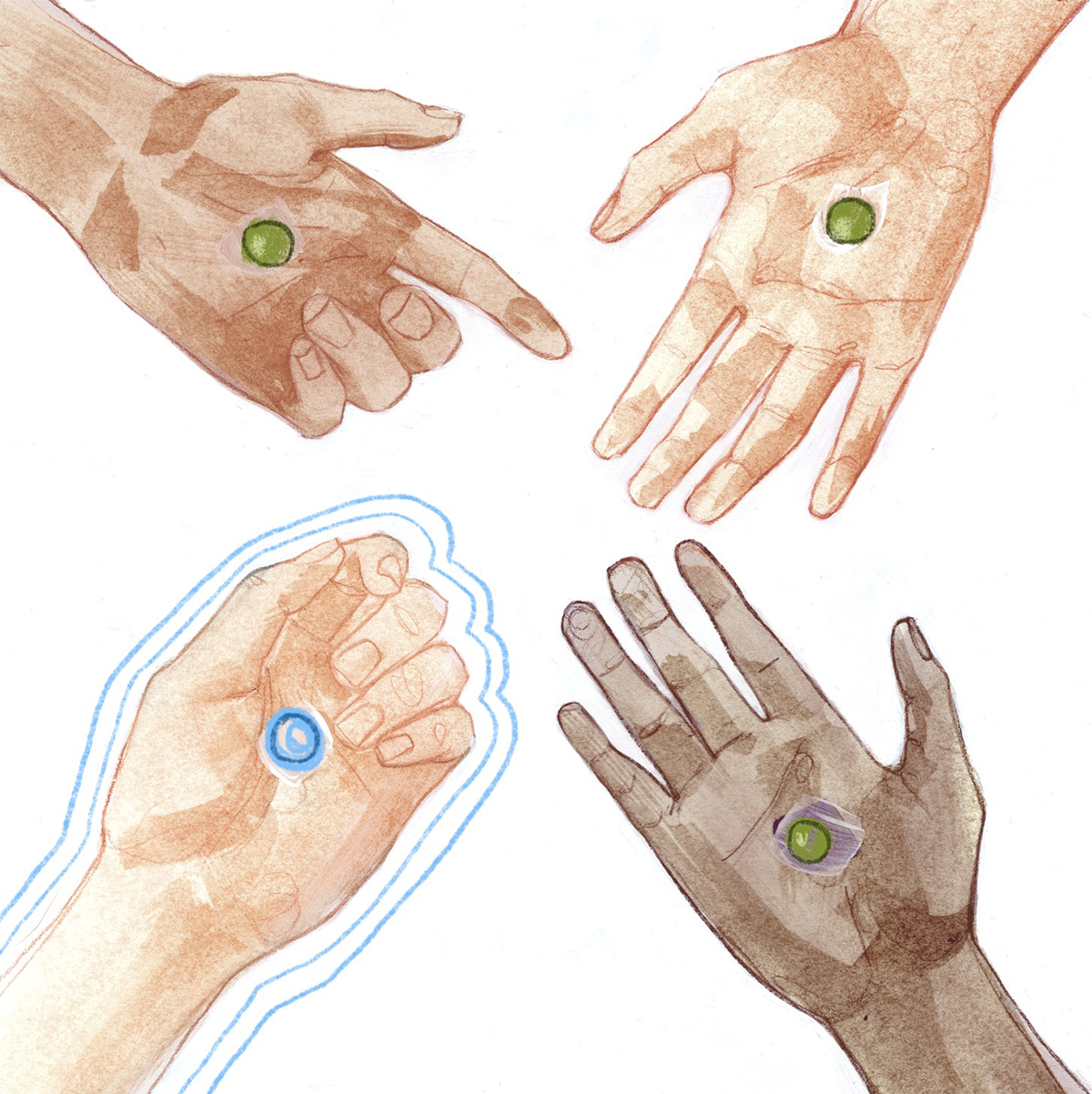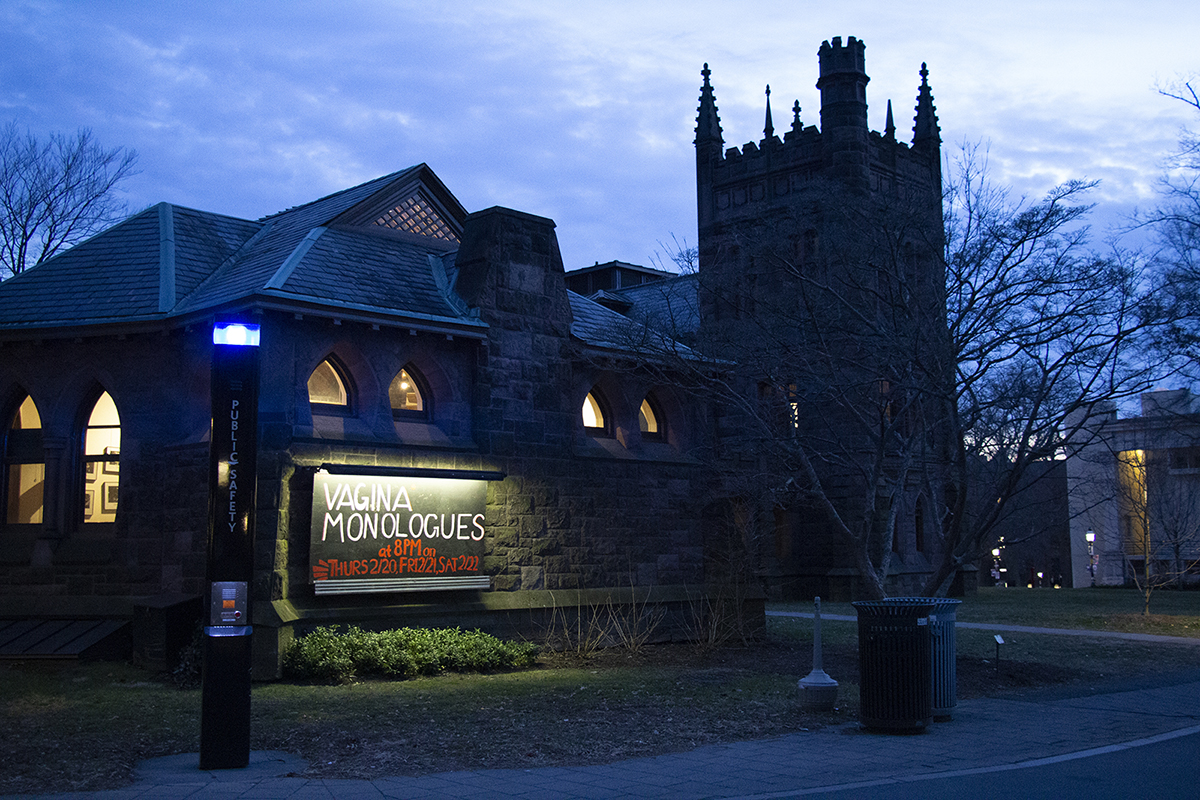“It’s like a cure for cancer that nobody wants.”
During her junior year at Stanford, Isi Umunna was finishing her undergrad in human biology while simultaneously taking masters courses, working as a research assistant, and participating in the African Student Association. She worked with Sarnquist and Baiocchi and learned about the sexual-violence-resistance course they brought to Stanford, called Flip the Script. Umunna had taken a self-defense course in high school, and she completed Stanford’s required online prevention programming her freshman year, flipping through the module while watching TV. This new course was 12 hours long, held on weekends, and offered for no credit. She signed up for it the first semester it was available. Now, two years later, she deploys the skills she picked up almost every day. “You hope that you’ll never need the things that you’re learning [in a sexual-violence-resistance program],” Umunna says. “I use things like boundary setting and being firm in what I want and what I don’t want every single day.”
In initial studies of Flip the Script, known officially as the Enhanced Assess Acknowledge Act program, or EAAA, women were either randomly assigned to the training or given pamphlets about sexual assault. Six months later, women who took the EAAA training experienced 58% fewer rapes than those who read pamphlets. At the one-year mark, the risk of attempted or completed rape remained reduced by 50% (not to mention decreases in self-blame and other positive outcomes). After two years, some positive effects were sustained.
Such a significant reduction in prevalence had never been seen before. Other programs measured changes in rape-myth acceptance or perceived willingness to intervene as a bystander. Some men’s programs backfired when post-test results showed an increase in acceptance of rape myths and reported aggressive behavior, and decreased willingness to intervene in coercive situations. In other programs, positive effects were found, but couldn’t be sustained. And still thousands of programs continued to be used that hadn’t been evaluated, which meant outcomes remained a mystery. By comparison, EAAA delivered powerful, measurable results. For every 13 women trained, one assault is prevented; for every 22, one less rape.
“I use things like boundary setting and being firm in what I want and what I don’t want every single day.”
And yet, only seven U.S. schools (out of more than 5,000) offer EAAA (18 worldwide). Despite its proven effectiveness, the resources required to bring EAAA to campus can be prohibitive. First, a school needs a staff member whose job it is to keep up with the latest research and who has the expertise to distinguish high quality research from lesser evaluations and recognize the value in EAAA. The responsibility for coordinating prevention programming could fall under any number of titles, whose backgrounds are far from standardized. At one school it might be a Title IX director with a background in law; at another, someone who came out of residential programming, or a researcher with a background in psychology.
Training for staff members is extensive, including six eight-hour days of in-person training and two 2.5-hour web seminars, and costs $3,300 per person, plus tax, not including travel and accommodations. Blueprints estimates the cost of implementing the program in the first year to be $37,190 if 160 students signed up, an expense that would be slightly lower in subsequent years and is dependent on staff salaries and other variables. “Not a lot of schools even have those kinds of resources to put into this particular issue amongst all the other issues they’re dealing with,” Sarnquist says. “Mental health, alcohol, it tends to come out of those same budgets. There’s a lot of really difficult decisions and trade-offs that have to be made.”
Even when budgets allow for EAAA, the fact that it’s for female-identifying students only makes some bristle. When Cummings came across initial research on EAAA, she worried it was a new iteration of the “same old same old” victim-blaming self-defense program for women. In her office on the sixth floor of Cornell Health, we sit across a table with a box of tissues and an orchid, next to a floor-to-ceiling window looking out over the bustling campus. “I’m an old feminist,” Cummings says, lifting her hands in the air. It took results published in the New England Journal of Medicine at the two-year mark for Cummings to move forward with the program, eventually inviting Senn to campus to convince her colleagues. Even then, at some schools, like Cornell and Ohio University, implementing a program for female-identifying students means having to produce an equivalent program for men.
Once staff are trained, and EAAA is offered, convincing students to participate presents another hurdle. At Cornell, three out of five sessions of EAAA have been cancelled due to low attendance. Facilitators spoke with students about what would motivate them to sign up, and heeded their suggestion to hold it over February break, a long weekend in which many students stay on campus. They advertised the session in dorms, with sororities, on flyers, and in emails. But not one student signed up. And those challenges are not unique to Cornell. At the University of Iowa, the first school to offer the program for credit, low participation has made the future of the program uncertain. “It’s like we have the vaccine for cancer and nobody wants it,” says Cummings.
Mental Health & Sexual Assault
The Center for Collegiate Mental Health’s 2019 report on students who were seeking mental-health treatment for the 2018-19 academic year revealed that roughly one-third of students had experienced sexual violence.
A study is underway measuring outcomes for EAAA courses at the University of Arizona, Stanford University, Georgia State University, Cornell University, and the University of Massachusetts at Boston. Researchers want to know if Senn’s results can be replicated in the United States. When Cummings first agreed to participate in the study, she hoped that replicating Senn’s results would lead to widespread use of the program. But she now has doubts whether even such remarkable outcomes will lead to meaningful change. “Year after year I’ve watched how difficult it is to get people to think about the risk on college campuses to our women,” Cummings says. “What will the benefit of this grant be, other than to say, okay we’ve replicated it, it has the same impact, maybe somebody will listen?”
How the Golden Standard of Sexual-Assault Prevention Works
When a sudden earthquake hits, it takes a minute for people to realize what’s happening and react. It’s this same psychological mechanism that makes aquaintance rape (which is far more common than the stranger-in-a-dark-alley scenario we tend to picture) harder to resist, Senn says. She explains that when a stranger attacks someone at random, the victim is immediately able to recognize danger and identify what options they have to escape. When violence comes from someone familiar, the victim is faced with a particular set of “cognitive emotional barriers” to acting in their own interest. “This expectation of safety [in familiar settings with people we know] impairs our ability to recognize and respond to danger,“ Senn says. It takes longer to see danger when you’re not expecting it, a phenomenon that is exacerbated by cultural scripts that normalize dangerous behavior such as dominance and control as part of heterosexual interactions. The basis of EAAA is teaching women to overcome these barriers.
While traditional self-defense courses offered to college women teach physical moves, EAAA addresses the mechanisms that stop women from using them. Sarah Deatherage-Rauzin, the assistant director of healthy relationships at Florida Atlantic University, who helped bring the course there, recalls a student with a background in martial arts. Being an expert in self-defense, the student doubted the course could offer her anything. Still, it transformed her ability to fight back. She had always practiced the moves on an imaginary stranger, never imagining the skills could apply to someone she knows. “It’s not about the move themselves,” Deatherage-Rauzin says. “It’s realizing you have the permission to do it, and to not be taken by surprise that it’s someone that you know and probably trust.”
Senn designed the course to highlight the inherent conflict in what she calls “nice-girl socialization,” the urge to prioritize politeness or the preservation of a relationship over protecting one’s safety and bodily integrity. During one exercise, participants go through a list of types of people (from strangers to long-term partners) and activities (from going to the movies to having sex) and write down which activities they’d do with which types of people. Umunna mentioned this was one of her favorite activities, as did Sarnquist and Karen Grajczyk, a behavioral health consultant who facilitates the course at the University of Iowa. “In education, this is known as a transfer-learning problem,” Baiocchi says. He compares the exercise to using word problems in math class, which helps students see how the skill is applicable in the real world. “People don’t want to believe that something bad is happening,” Baiocchi says. “So by thinking about boundaries, it helps people recognize that they’re approaching boundaries, and that starts to trigger the knowledge, or the intuition that they can start using their skills.”

